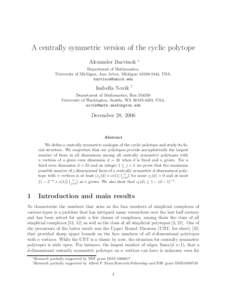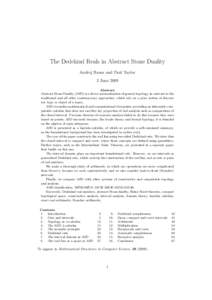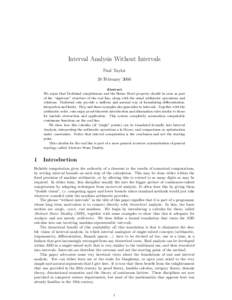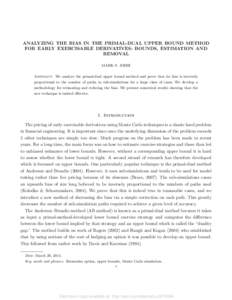<--- Back to Details
| First Page | Document Content | |
|---|---|---|
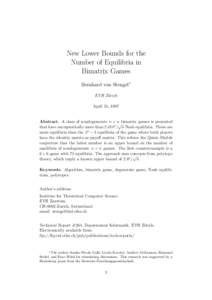 Date: 2015-07-28 05:00:07Polyhedral combinatorics Polytopes Polyhedra Convex geometry Real algebraic geometry Face Vertex enumeration problem Upper bound theorem Cyclic polytope LemkeHowson algorithm Abstract polytope |
Add to Reading List |
 New Lower Bounds for the Number of Equilibria in Bimatrix Games Bernhard von Stengel ∗ ETH Z¨ urich
New Lower Bounds for the Number of Equilibria in Bimatrix Games Bernhard von Stengel ∗ ETH Z¨ urich